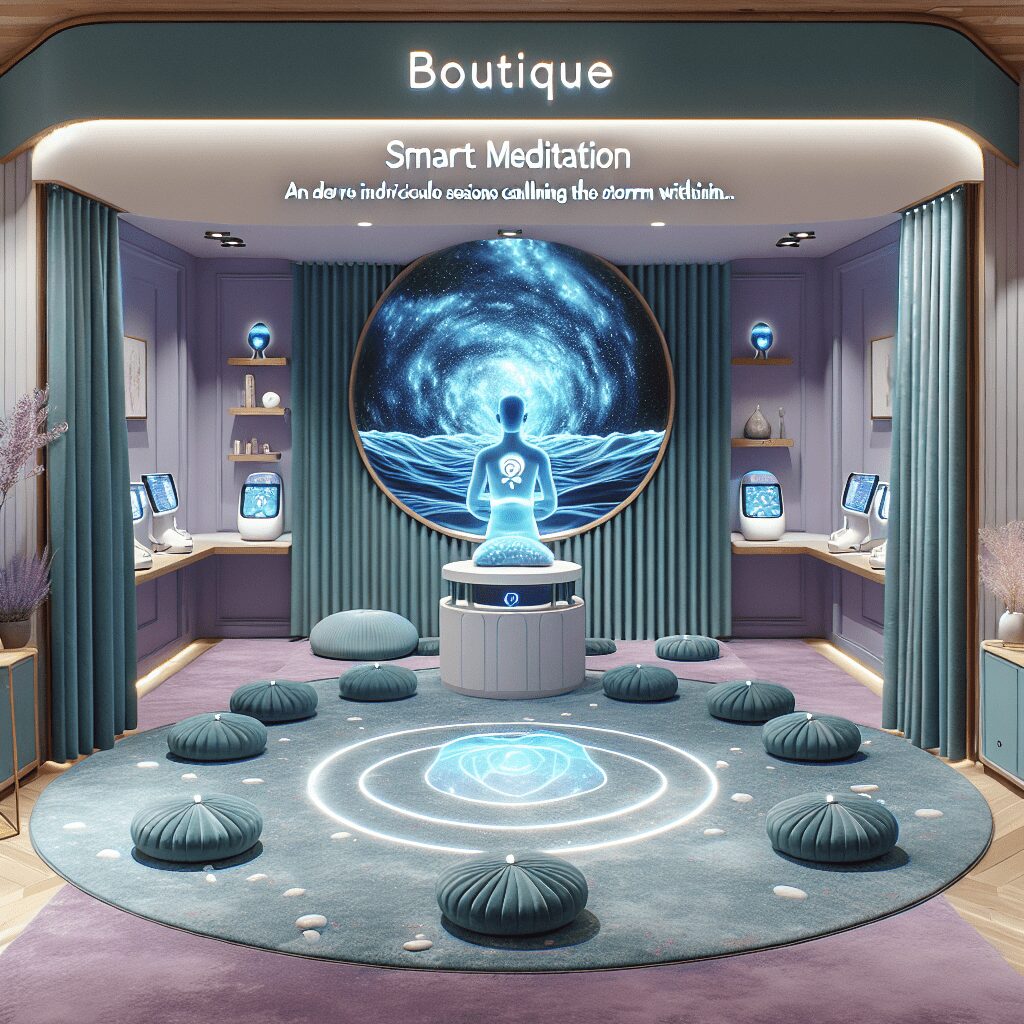
Prioritize your mental well-being daily. Enhance your life by nurturing your mental health with the Smart Meditation app. Break free from stress, alleviate anxiety, and enhance your sleep quality starting today.
What Are Antidepressants Made Of?
Exploring the Ingredients Behind Mood-Boosting Medications
When life’s emotional rollercoaster dips more often than it soars, some turn to antidepressants—those mood-lifting marvels that can bring the sunshine back into gloomy dispositions. Yet, ever wondered what concoctions are behind these little beacons of hope? Let’s peel back the curtain on the contents of antidepressants and how they tug at the strings of our cerebral orchestra.
The Building Blocks of Antidepressants: A Chemical Symphony
At their core, antidepressants are made of various chemicals designed to recalibrate the mind’s delicate chemical balance, specifically targeting neurotransmitters—the brain’s communication experts. These neurotransmitters, like serotonin, dopamine, and norepinephrine, are the key players in the way we experience emotions, pleasure, and pain.
Selective Serotonin Reuptake Inhibitors (SSRIs)
Ah, SSRIs, the rock stars of the antidepressant world. They work by blocking the reabsorption (reuptake) of serotonin in the brain, making more serotonin available to improve transmission of messages between neurons. Popular SSRIs include:
- Fluoxetine (Prozac)
- Sertraline (Zoloft)
- Paroxetine (Paxil)
These aren’t one-size-fits-all. Their composition varies, but the goal is the same: to keep your serotonin levels on the up and up.
Serotonin and Norepinephrine Reuptake Inhibitors (SNRIs)
SNRIs step it up a notch by targeting not one, but two neurotransmitters: serotonin and norepinephrine. This double action approach helps amplify the uplifting effects. Some well-known SNRIs are:
- Duloxetine (Cymbalta)
- Venlafaxine (Effexor)
Through their increased availability, SNRIs can significantly boost one’s mood and are often turned to when SSRIs haven’t hit the mark.
Tricyclic Antidepressants (TCAs)
Taking it old school, TCAs are like the vinyl records of antidepressants—classic yet effective. Their composition is more complex and can affect several neurotransmitters simultaneously. Common TCAs include:
- Amitriptyline
- Clomipramine (Anafranil)
While highly effective, their side effect profile and the need for careful dosing often relegate them to second-line options behind SSRIs and SNRIs.
Atypical Antidepressants
This category is the mixed bag of the antidepressant world, each with unique compositions and mechanisms of action. They’re like the indies of pharmacology, marching to the beat of their own drums. Well-regarded members of this group include:
- Bupropion (Wellbutrin), which affects dopamine and norepinephrine.
- Mirtazapine (Remeron), enhancing noradrenergic and serotonergic activity.
Monoamine Oxidase Inhibitors (MAOIs)
Last but not least, the MAOIs. These are the comeback kids, used when other antidepressants haven’t done the trick. They target monoamine oxidase, an enzyme that breaks down serotonin, dopamine, and norepinephrine in the brain. Yet, their interaction with certain foods and other medications makes them less popular in the modern day.
A Closer Look: The Chemical Comradeship
Each antidepressant is a meticulously crafted compound, designed with precision to ensure the correct dosage reaches the brain. For instance, Prozac’s main ingredient, fluoxetine, is a crystal white powder before it’s transformed into its pill form. The process involves:
- Blending the active compound with fillers to ensure consistent dosage.
- Compression into tablets or filling into capsules.
- Coating for easier swallowing and controlled release in the body.
Behind every antidepressant is a symphony of scientific and pharmaceutical expertise, aiming for a single goal: to restore the balance in the brain’s chemistry and, by extension, improve one’s quality of life.
One Pill at a Time: The Journey to Brighter Days
Embarking on the antidepressant journey isn’t devoid of its ebbs and flows. It often requires patience and a bit of trial-and-error to find the perfect match that strikes a chord with your unique biochemical makeup. And while the ingredients in these pills can seem like distant, clinical concoctions, for many, they represent a beacon of hope—a critical ally in navigating the stormy weather of mental health challenges. Always consult with a healthcare provider to chart the course that’s right for you.




